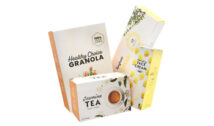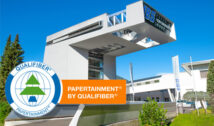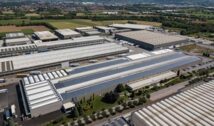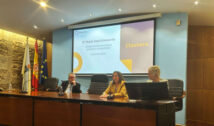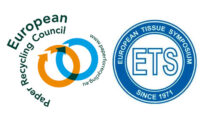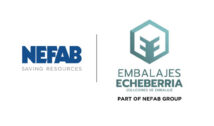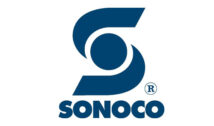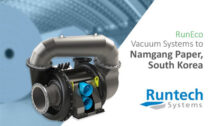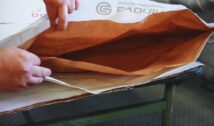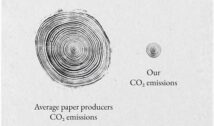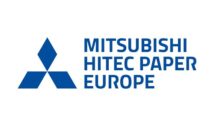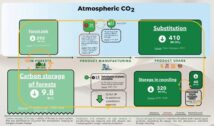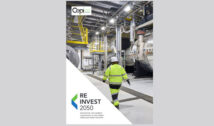
Sofidel is again accelerating its path of responsible growth by looking to the tools and best practices made available by sustainable finance.
Together with ING Italia, part of the Dutch-origin ING banking group, one of Europe’s leading banks, they closed a medium- to long-term financing transaction – Sustainability Linked Loan – whose terms include achieving sustainability goals described by specific indicators.
The financing is structured according to the Sustainability Linked Loan Principles defined by the Loan Market Association and conforms to the taxonomy principles set at the European level for green investments.
Aimed at strengthening the Group’s financial structure, the transaction seeks to promote and monitor sustainability by encouraging good environmental and social practices. The chosen indicators identify the reduction of CO2 produced per tonne of paper, the decrease in the incidence of plastic packaging, and the lowering of the rate of occupational accidents.
It is another step – and other similar transactions will follow – in implementing a strategy for sustainable development and a low-carbon economy that has seen Sofidel increase its focus on ESG ratings and the use of electricity from renewable sources.
Sustainability ratings attest to Sofidel’s commitment to managing environmental, social, and governance risk, including those obtained from CDP, EcoVadis, and Morningstar Sustainalytics. As regards its increased use of energy from renewable sources, it signed two ten-year supply agreements (PPAs): one in Spain (for the Buñuel plant) and one in Greece (for the Katerini plant). On the packaging front, Sofidel’s goal is to reduce the incidence of conventional plastic in its production by 50% by 2030 (compared to 2013). This strategy is pursued through a general reduction of the thickness of plastic films used in the production process, progressive use of recycled plastics or bioplastics in some markets, and introduction of new kraft paper packaging. By 2022, the overall incidence of plastic packing had been reduced by 38.2 percent.



